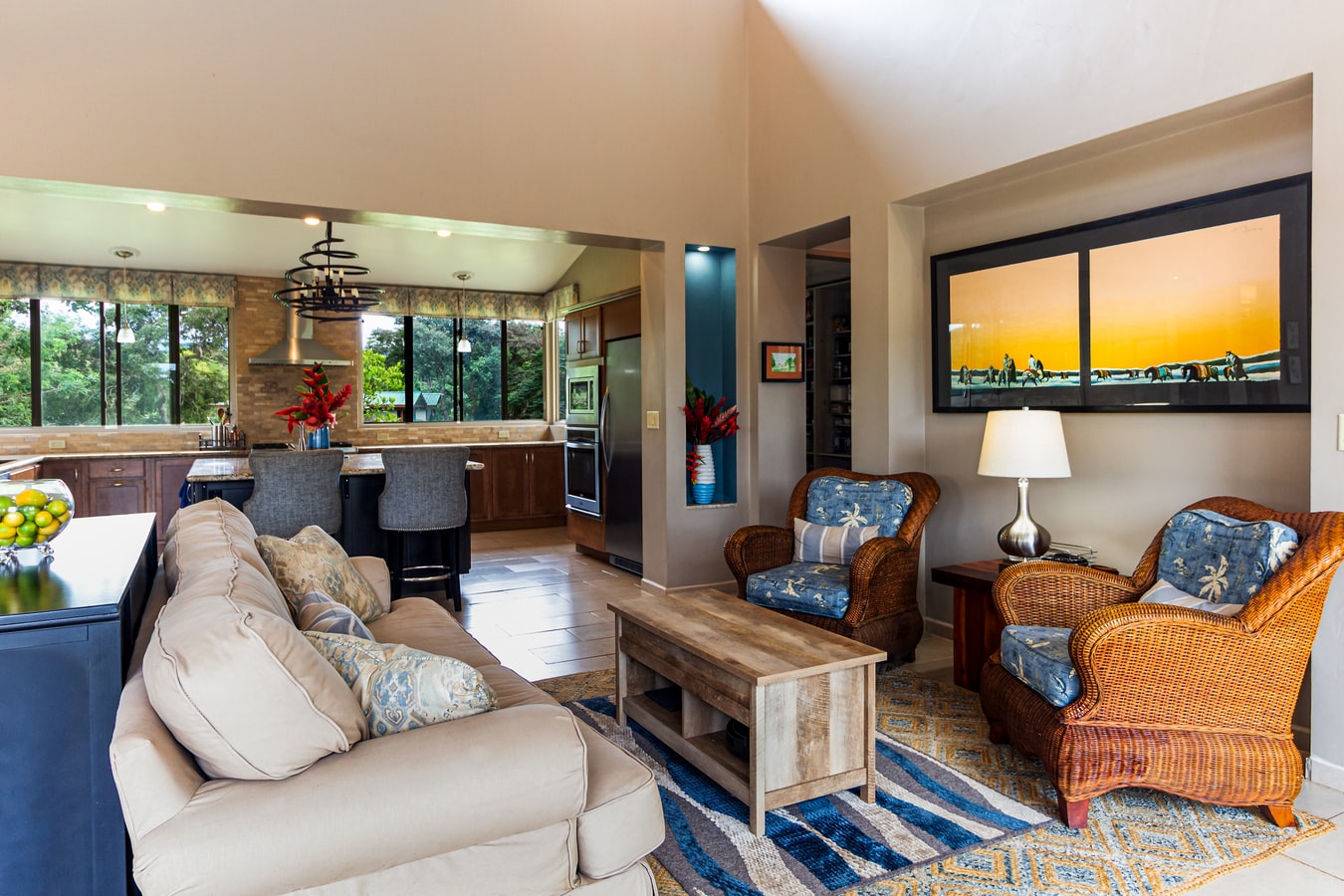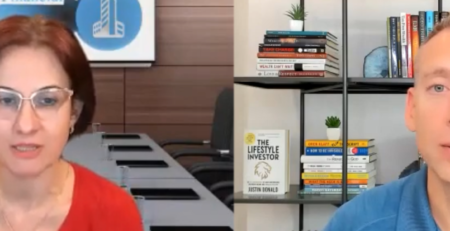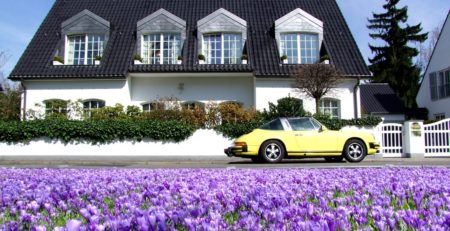The Pros and Cons of Investing In Assisted Living Facilities
The Pros And Cons Of Investing In Assisted Living Facilities
The Baby Boomer cohort, the largest demographic in America, began turning 65 in 2011, triggering unprecedented growth of the elderly population. This demographic shift has significant implications for the housing market given the unique needs and desires of this age group. Potential investors in the senior housing market should understand these needs and thoughtfully incorporate them into their business plan.
According to 2010 US Census data, it is estimated that by 2029, senior citizens will make up roughly 20 percent of the population.
By 2056, the population over 65 is projected to exceed the population under 18. In addition to the large quantity of baby boomers, major strides in the economy and in healthcare have increased longevity and quality of life, creating an aging population that is more active and often continues to work beyond typical retirement age.
Let’s review several types of senior living as well as the benefits of investing in such facilities.
About Senior Living Facilities
Senior living facilities, or “assisted living facilities” (ALFs), are private housing facilities designed to provide physical, social, and psychological care for a contemporary aging population. These facilities can vary widely with regard to location, layout, size, and property management model. They can be directly connected to a medical center which provides staff members for training and professional work. Alternatively they can be operated by a private company employing licensed healthcare professionals. Other staff may include administrators, activity directors, and maintenance and janitorial support.
There is a spectrum for the level of care provided in the four major types of ALFs:
- Independent Living Facilities, also known as senior cohousing, active adult communities, 55+ communities, retirement homes offer a minimal level of medical care. The majority of new development in the senior housing sector follow this model due to the current demand and popularity. Given the less intense level of medical care involved, independent living is the least costly for residents and is ideal for those with less severe medical requirements. These facilities aspire to elevate the residential experience through site plans organized into townhouses, cottages, apartments, or small houses. A variety of amenities is available at close range from on-site health care services to meal plans to wellness programs and recreational activities to laundry and landscaping services. These communities are designed to resemble a typical suburban town with stores, businesses, and parks with the added benefit of catering to the specific needs of senior citizens. A centralized hospitality building ensures opportunity for social connection amongst the residents.
- Assisted Living Facilities provide an additional level of medical care beyond independent living facilities. These are intended for residents who need some assistance with daily living such as bathing, dressing, and taking medication. These facilities may be set up as apartments and offer residential and healthcare services with 24-hour on-call support from a nurse practitioner (NP). Alternatively, these can be set up as private or semi-private rooms in a residence with care for roughly four to twenty residents. Such facilities can be located in a typical residential neighborhood and would not look any different from other residences in the area. They are typically preferred by those that can afford more attention and would like to stay away from a “big box” facilities. Also, note that while they are typically called ALFs, the actual terminology differs from state to state. This type of facility typically offers 24-hour support provided by Home Health Aide (HHA) rather than NP.
- Nursing Care Facilities, often called “skilled nursing facilities”, support residents with acute medical needs, such as stroke or neurodegenerative disease. Short-terms stays are more prevalent with roughly one quarter of residents in nursing homes staying for less than three months.
- Memory-Care Facilities specialize in providing care for seniors diagnosed with Alzheimer’s and other forms of dementia. Nurses who are qualified and responsible for patients in memory-care facilities are technically and professionally distinct from those in normal assisted living facilities. Memory-care facilities further require experienced operators to oversee and maintain a safe environment for the residents. For these reasons, the tuition and premiums for memory-care facilities are considerably higher than those of general assisted living centers, and the facilities have higher revenue and profitability potential than other forms of ALFs.
Pros of Investing in Senior Housing
- In addition to satisfying a great need for the aging population, ALFs are often more profitable than other forms of real estate asset types. In fact, this sector has already outpaced the rest of the housing market in terms of income stream, appreciation, and total return on investment. The National Council of Real Estate Investment Fiduciaries(NCREIF) 2018 property index results indicate the total return for senior housing facilities on a ten-year basis was 10.52%. This significantly outpaces the overall property index of 6.09% and apartment total returns of 6.10%. Additionally, in terms of appreciation, senior real estate investments generated 3.73% of total returns, versus the 0.54% for the overall property index and 1.03% for apartments.
- Furthermore, due to the essential nature of live-in healthcare and the above-mentioned demographic trends, some of the ALFs offer a recession-resistant investment opportunity. They are generally not impacted by the stock market or economic downturns. During the most recent recession, ALFs weathered the storm better than other core CRE asset classes as evidenced by the ten-year total return data above.
Update: Big box facilities are suffering badly nowadays in the wake of the Covid-19 virus. The smaller ALF’s are the only ones that are thriving as they manage to keep the coronavirus out.
- Another contributor to their financial success is low resident turn-over and high occupancy driven by high demand. The National Investment Center for Seniors Housing & Care (NIS) reported that the national occupancy rate for ALFs stayed stable at 88% during Q4 of 2018. During the same quarter, growth in occupied units caught up to growth in newly available units for the first time in over three years, indicating increased demand for rooms in the facilities.
Cons of Investing in Senior Housing
- One unique downside to senior housing investments is the deteriorating health of the residents. While turnover may be less frequent, it can be challenging to quickly find a new resident who meets the age and income requirements of a facility. The Covid-19 pandemic (ongoing at the writing of this article) is an extreme example of how the frailty of seniors’ health can be a significant operational risk.
Moving forward, ALFs should be designed to minimize the transmission of infectious diseases amongst residents and allow for areas of quarantine for each resident. Furthermore, emergency plans should be put into place including stockpiling medical supplies.
- Another often-noted challenge of senior housing is mitigation of interpersonal conflicts. Because communal living and social development are strong values of many communities, frequent personal interactions will almost certainly result in eventual conflicts between residents. A skilled staff with experience in senior care management can help navigate these natural tensions.
Finally, as I always say it, the diversification of investments is key. Hence always looking at various investments types and adding new ones to your investment portfolio should be one of your investing goals.
This article is written in collaboration with Krista Kennedy.











